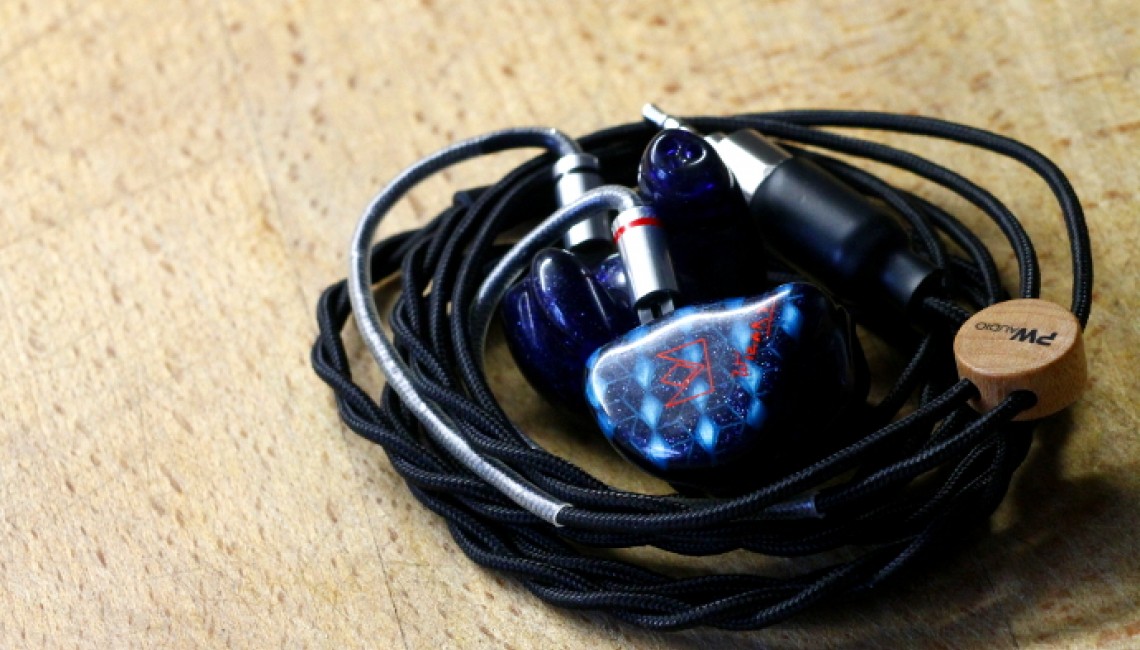
Cable sound, what a great topic to destroy an audiophile’s day. Countless evenings have been ruined because of it, and I bet there will be endless more. Can a cable alter the sound signature of a head- or earphone? I say yes, solely because I have heard it. Some products show the change more obvious than others, one particular that comes to my mind is the Noble Audio Katana. For cable reviews, I always use this one first. For one because of the before mentioned effect cables have on it, and also because I am in the fine position to have two sets of it. Enabling me to directly compare cable A to cable B. Calvin of Music Sanctuary recommended me a burn-in time of 200 hours for each cable, so they can settle in and unleash their full potential.
I will go through the perceived impressions on both 1960s cables separately, starting with the two-wire.
1960s 2-wire: The first thing I noticed when listening to Katana with the two-wire was the added warmth and body in the lower mids and upper bass, as well as the increased resolution. Katana on its own is a reference tuned monitor with nice body, but with the two-wire this body gets bigger and the entire presentation receives more blood, which makes it all sound more organic and smooth to me. The enhanced detail reproduction and resolution was also very well received. Not that Katana would be in the need for them. Noble’s co-flagship has a soft and slightly warmer treble tuning with the standard cable, which I like a lot. The 1960s however increases the richness of this region remarkably in my opinion, giving highs a certain character that makes it hard to look away.
Katana’s sound stage did also see some changes in terms of width and depth, it stretches a touch further into each direction. Going hand in hand with that, layering and instrumental separation did also see some enhancements. Overall, I’d describe the 2-wire’s sound as neutrally warm with high resolution.
1960s 4-wire: For this part I have used both my Katanas plugged into the Chord Electronics Mojo, comparing the 1960s to each other.
The most noticeable difference between both definitely is the overall tone. Two-wire Katana sounds more organic and warmer than four-wire, which is leaner. With the four-wired 1960s attached to my Katanas, I hear the sub-bass slightly elevated compared to two-wired Katana. It is even more detailed with incredible transparency and resolution. Sound stage got a notch wider but stayed the same in depth. Treble is not as rich as before, but brighter and crisper. In one sentence, I’d say the four-wire is neutrally bright with outstanding details and resolution. This leads me to the conclusion that the two-wire is a better match for brighter and reference tuned monitors, where the four-wire would be ideal for warmer and darker sounding gear.
PWaudio has created two wonderful sounding copper cables with a unique design structure. Their sound improvements are indisputably there for me. The two-wire quickly became one of my favorites cables and has been mainly attached to my Kaiser Encore because it elevates this already incredible in ear monitor to new levels. The four-wire has found its best friend in the Kaiser 10, though I wish I could use it with another monitor of mine – JH Audio’s Layla. The transparency of PWaudio’s four-wire flagship is unrivaled and the way it portrays even the finest details is outstanding. The two-wired version adds a touch of warmth to my reference and brighter tuned monitors and gives them a nice organic sound.
--------------- Click here for detailed post ---------------


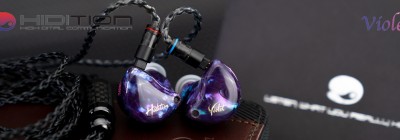



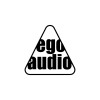





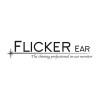



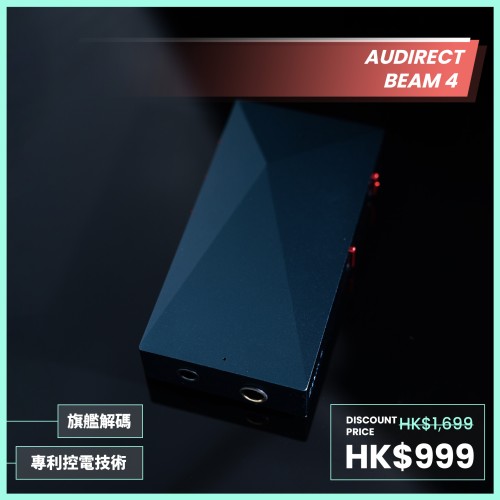
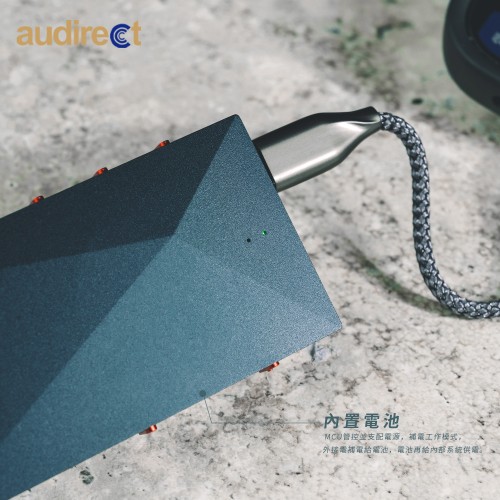
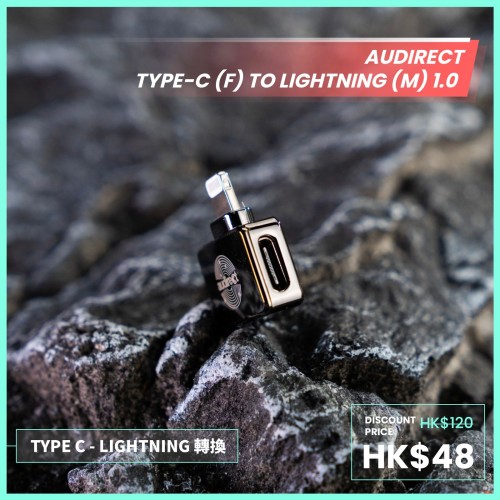
-500x500w.jpeg)




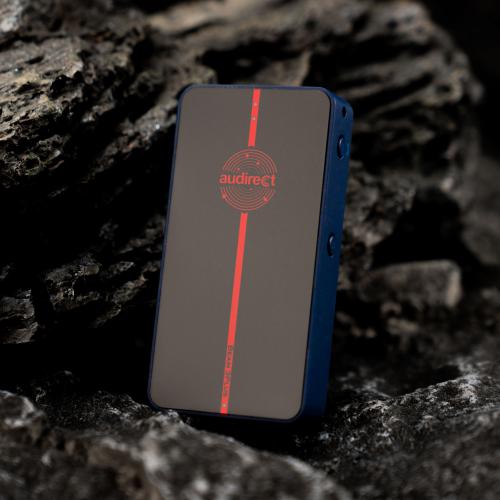
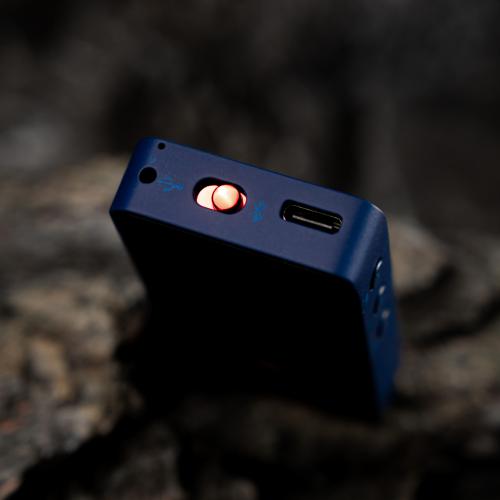
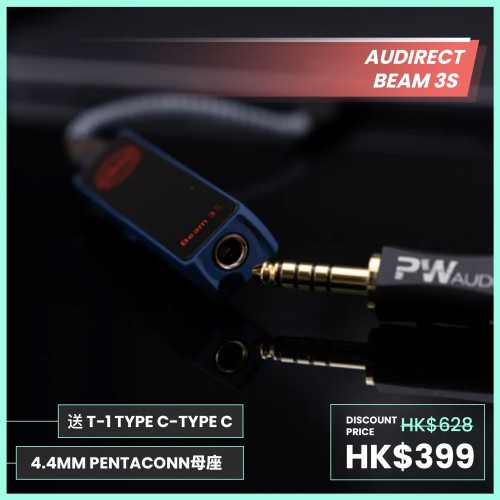
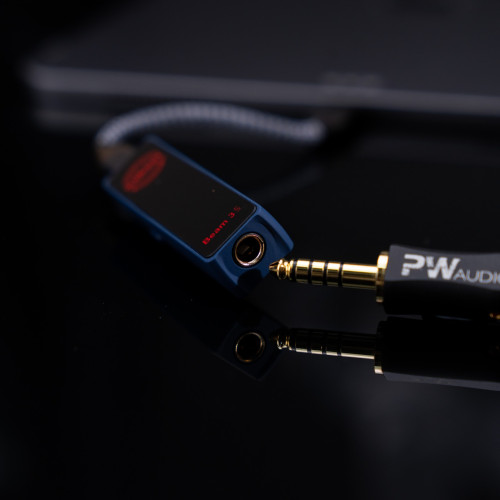
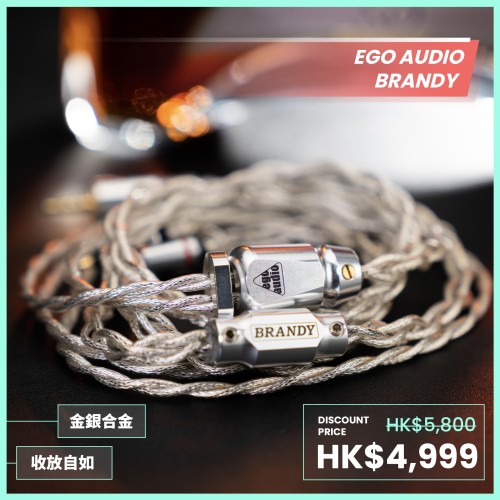

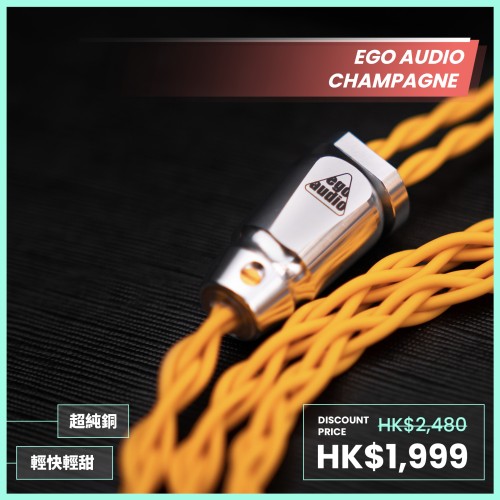

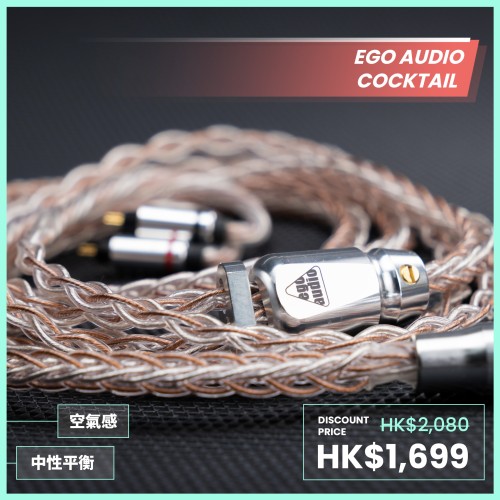

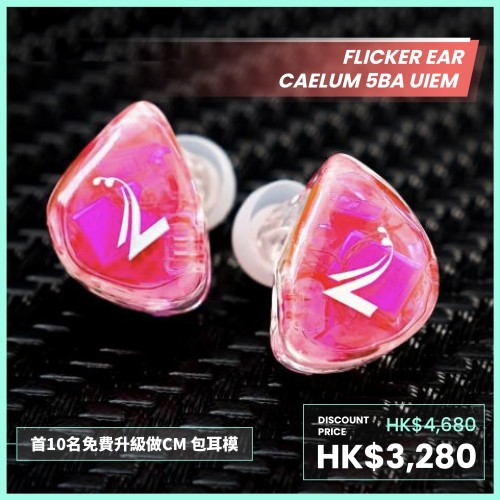

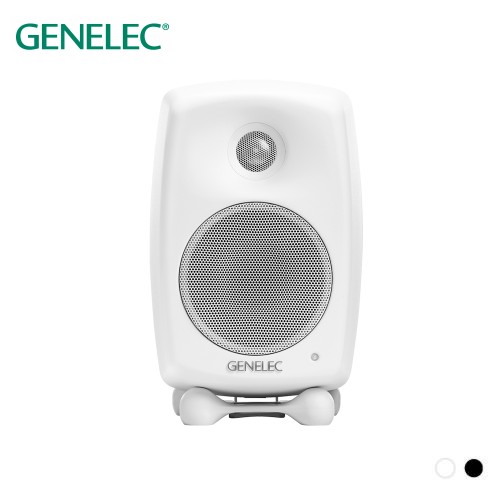
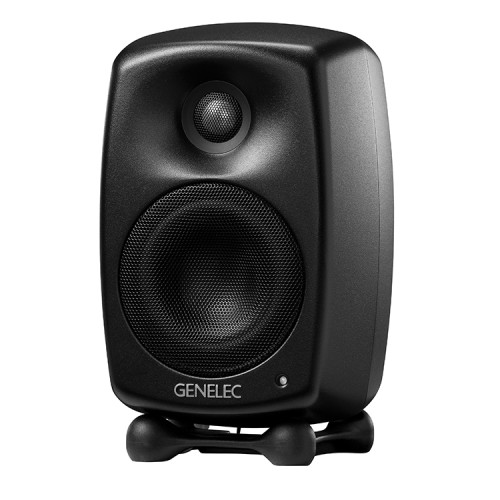
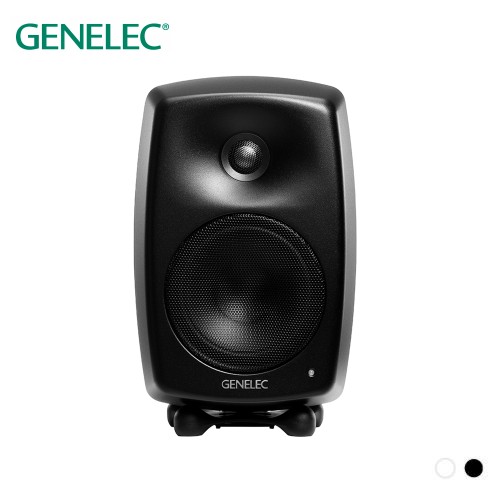
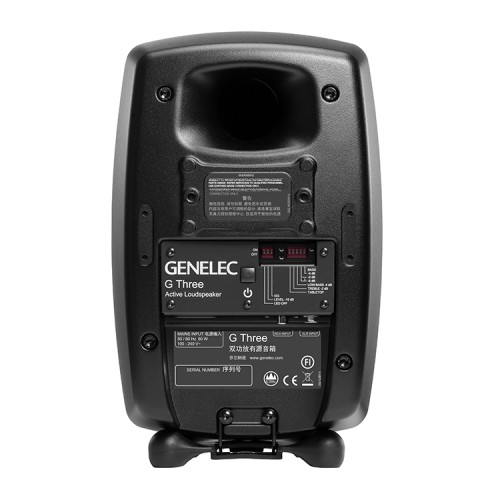
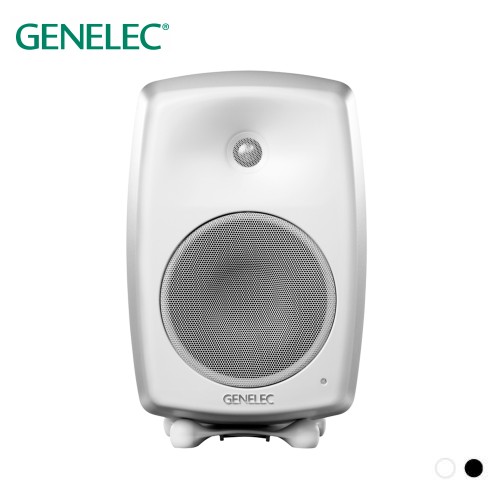
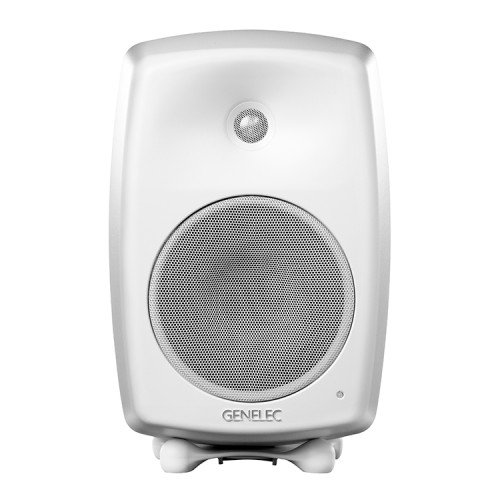
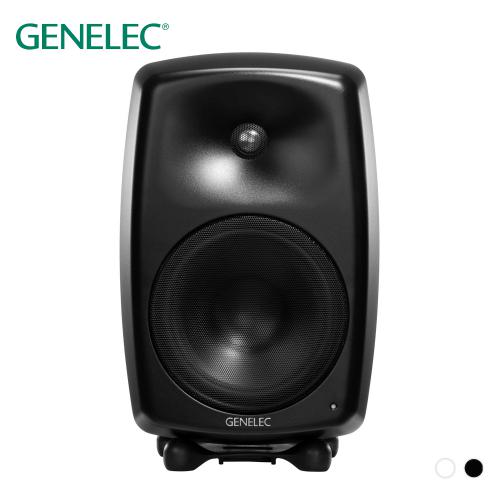
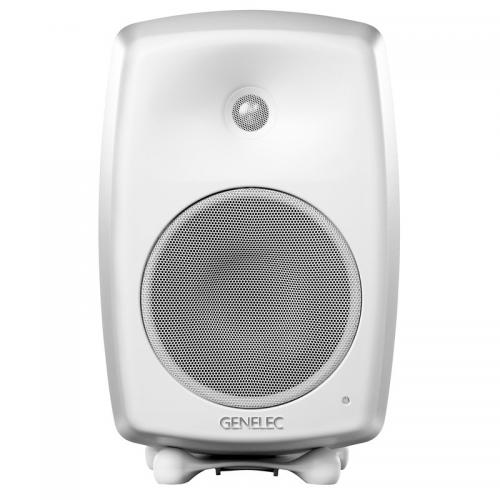
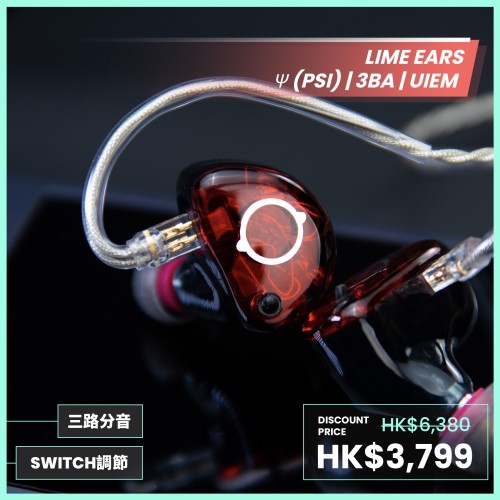


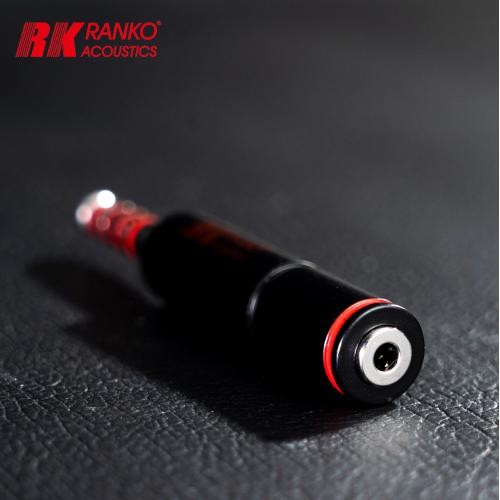

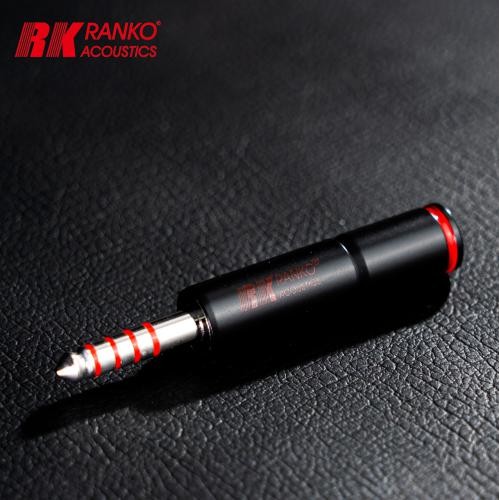
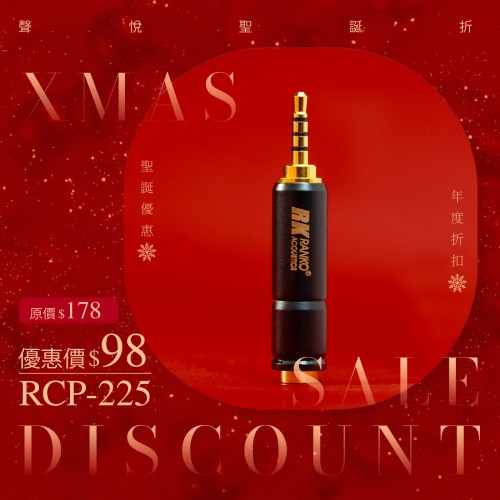
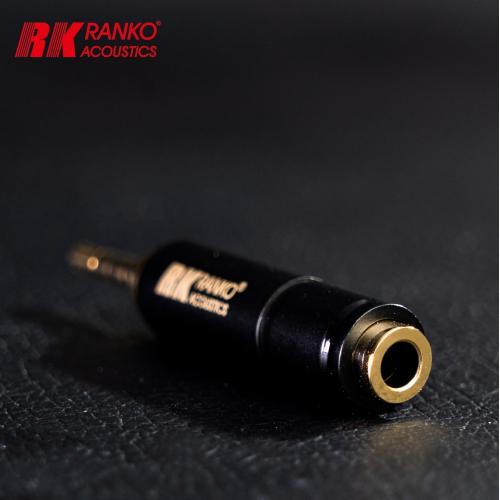
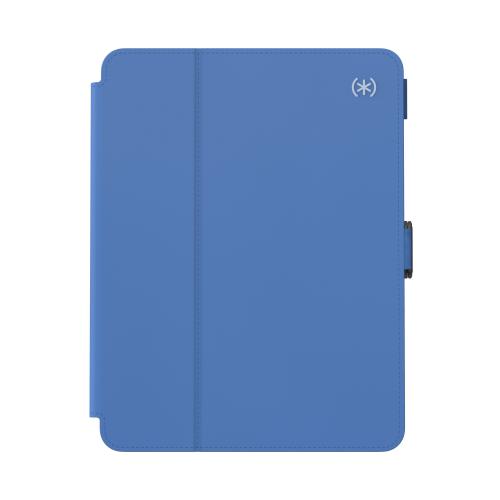
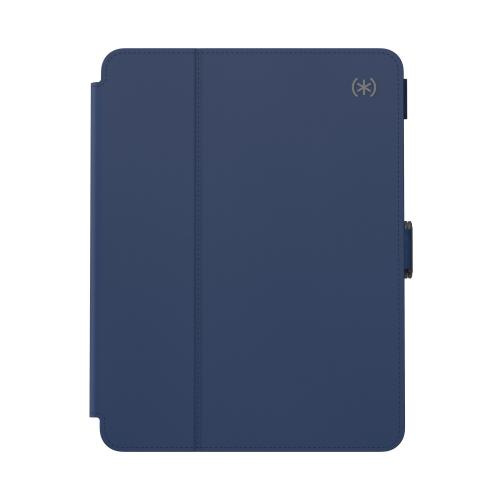


Leave a Comment